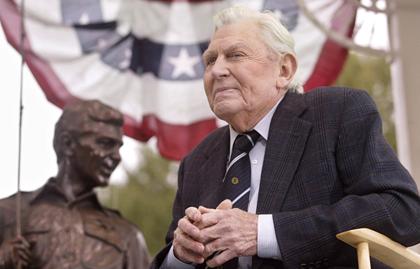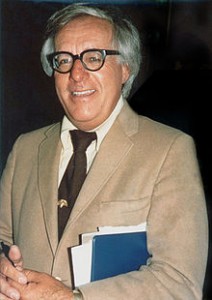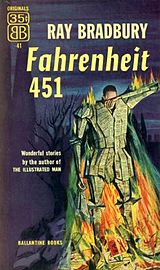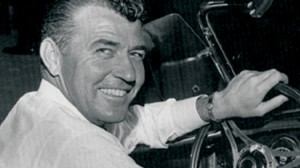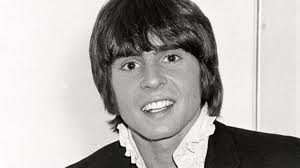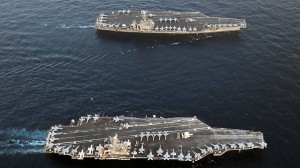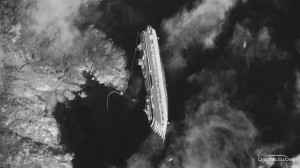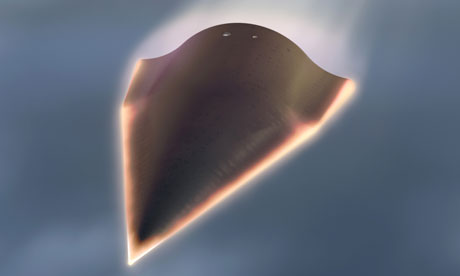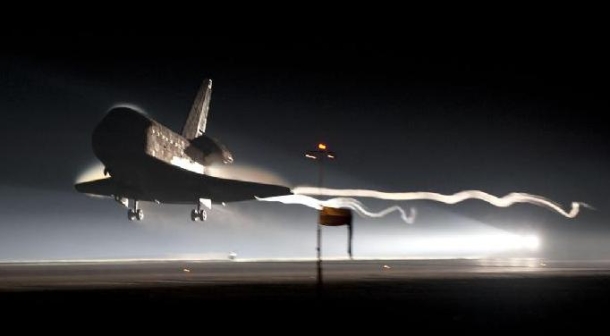The final movement of Mahler’s Ninth Symphony is a slow rumination on mortality, with quiet sections played by strings alone.
During the New York Philharmonic’s performance Tuesday night, it was interrupted by an iPhone.
The jarring ringtone—the device’s “Marimba” sound, which simulates the mallet instrument—intruded in the middle of the movement, emanating from the first row at Avery Fisher Hall.
When the phone wasn’t immediately hushed, audience members shook their heads. It continued to chime, and music director Alan Gilbert turned his head sharply to the left, signaling his displeasure.
Minutes passed. Each time the orchestra reached a quiet section, the phone could be heard above the hushed, reverent notes.
Finally, Mr. Gilbert could take no more: He stopped the orchestra.
A Philharmonic spokeswoman said Wednesday the music director has never before halted a performance because of a cellphone or any other type of disruption.
As the offending noise continued in a loop, Mr. Gilbert turned in its direction and pointedly asked that the phone be turned off. The audience let out a collective gasp.
The ringtone—believed to be an alarm—played on.
The audience wasn’t pleased. A Wall Street Journal reporter seated in the 19th row heard jeers hurled from the balconies. One man screamed: “Enough!” Another yelled: “Throw him out!” The audience clapped and hollered in agreement—and still the tone continued to sound amid the din.
The Philharmonic, like many performing arts groups, plays an announcement at the beginning of concerts and at the end of each intermission asking the audience members to turn off their cellphones.
In an interview with The Wall Street Journal Wednesday, Mr. Gilbert said the ring tone yanked him out of a trance-like state during the symphony’s “most intense, most sublime, most emotional place.”
“It was kind of shocking because you get to a very faraway place emotionally and spiritually,” he said.
And even more surprising, he said, the man who owned the phone, recognized by orchestra members as a regular subscriber, didn’t immediately own up to it—or act to silence the device.
“I had to ask him many times,” Mr. Gilbert said. “It was bizarre. Maybe he was just so mortified that he just shut down and was paralyzed.”
Mr. Gilbert said he didn’t know the man’s name, but said he had heard that the orchestra’s customer relations department was planning to call him to ask why he didn’t act sooner.
Philharmonic officials declined to identify the subscriber.
In another apparent breach of protocol, no ushers came running to find the errant phone and neutralize it.
Avery Fisher Hall and its ushers are managed by Lincoln Center. The ushers stand at the back of the hall during performances, and policy dictates that when a cellphone rings, ushers discreetly ask the owner to turn it off, said Betsy Vorce, a Lincoln Center spokeswoman. She said officials are investigating why that didn’t happen.
After Mr. Gilbert took matters into his own hands, the man reached into his pocket and silenced the device. Mr. Gilbert asked him: “Is it off? It won’t come on again?”
The man nodded.
Satisfied, the conductor addressed the audience. Usually, Mr. Gilbert said, it is best to ignore disruptions, because the reaction itself can be even more disruptive. “This was so egregious that I couldn’t let it go by,” Mr. Gilbert told the audience, apologizing.
The audience applauded vigorously.
“We’ll try again,” he said on a more upbeat note.
He turned to the orchestra, told them the cue, and picked up from a vigorous fortissimo section. As Mahler’s Ninth Symphony reached its final, hushed note, the conductor held his arms suspended and the musicians froze for a long moment of exquisite silence.
The audience didn’t breathe.
